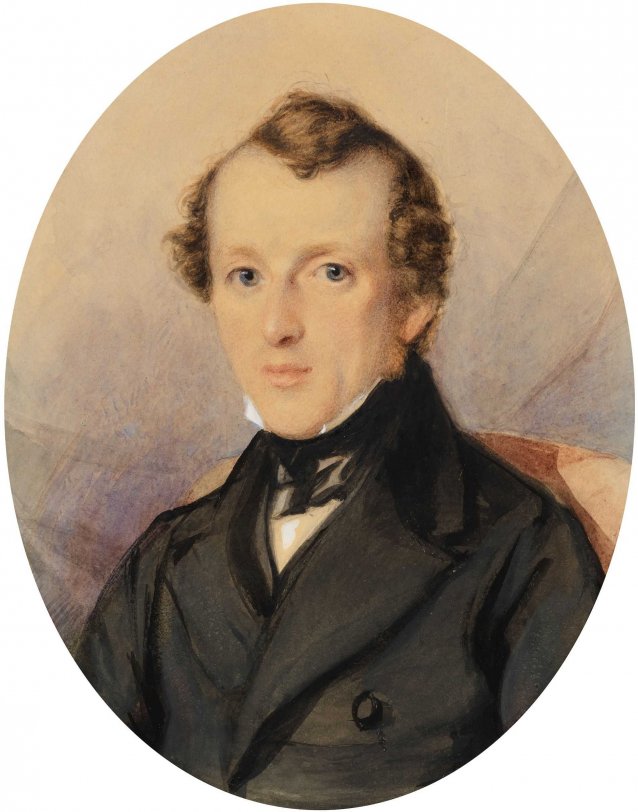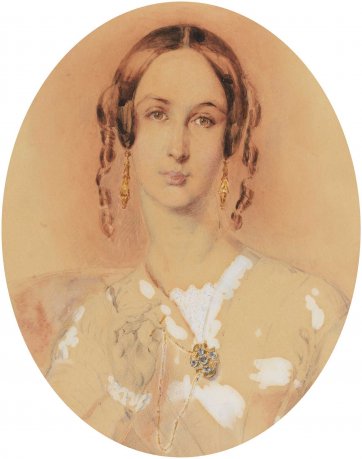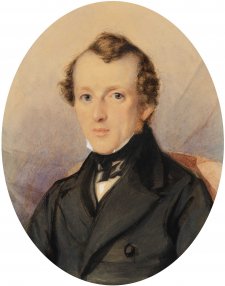Thomas Griffiths Wainewright was among the most talented artists working in Australia before 1850. Born in Surrey, he was raised in an intellectual milieu and had established himself as an artist, collector and essayist by the time he was in his twenties. His man-about-town lifestyle, however, came at a cost. During the 1820s he took to fraud and was suspected also of having poisoned three relatives by whose deaths he stood to benefit financially. In July 1837 he was convicted of forgery and sentenced to transportation to Van Diemen’s Land for life. In Hobart, however, he proved a model prisoner and was enabled to continue his work as a painter. His 'superior talents as an Artist' contributed to his being recommended for a ticket of leave in 1845, after which he was commissioned to create portraits for a number of prominent citizens.
Edward Paine Butler (1811–1849), a lawyer, was the eldest of the fifteen children of free settler Gamaliel Butler, who founded a law firm in Hobart in 1824. Edward completed his training in London before emigrating to Tasmania with his wife Martha (née Asprey, 1811–1864) in 1835. It has been suggested that Wainewright’s portrait of Edward depicts the effects of tuberculosis, from which Edward died, aged 37, in February 1849.
Purchased 2009
The National Portrait Gallery respects the artistic and intellectual property rights of others. Works of art from the collection are reproduced as per the
Australian Copyright Act 1968 (Cth). The use of images of works from the collection may be restricted under the Act. Requests for a reproduction of a work of art can be made through a
Reproduction request. For further information please contact
NPG Copyright.



















